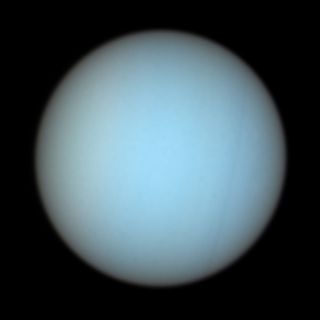I was recently reading a thread on the Cloudy Nights amateur astronomy forum in which the poster was complaining how some people are always claiming how expensive amateur astronomy is, when it "really isn't." These threads pop up periodically, and usually follow the same course. (Above: Andrew Magill from Boulder, USA, CC BY 2.0, via Wikimedia Commons; Astroboy by Astronomerica)
First, let me comment that many of the most frequent posters on Cloudy Nights seem to mostly be retired engineers, white collar skilled workers, or successful retired "boomers" (full disclosure: I am a retired "boomer") who have fairly large disposable incomes. Often someone will state that compared to expensive motorcycles, high end photography, golf memberships and green fees, high end gaming, skiing equipment and lift fees, and the like, amateur astronomy is cheap. Well, if you look at it that way, it is. Until you buy land out in the boonies and build your own observatory to house your 6" refractor imaging rig. But most of us will never have the money, opportunity, or life situation to do that.
But how about those people, and not just kids, who don't have thousands or even hundreds of dollars to spend on a hobby? I remember when I lived in a 24' travel trailer, had a minimum wage job, and thought that buying a 4.5" Tasco 11TR department store reflector for almost $200 was a huge splurge—and it was for me. By the way, I did start out with $20 Tasco binoculars before I could afford the telescope.I grew up being frugal and I still am as a matter of principle. Even if I can afford something more expensive, I like to see how much enjoyment I can get out of a less expensive option. That extra 300% in price often only buys a 10% improvement in what really counts: enjoyment. Maybe 1000% will buy a 50% improvement, but that often takes the expense well out of a person's budget range. (Above: At Bull Creek Wildlife Management Area in Central Florida, 1993, with myTasco 11TR department store reflector. Some of the happiest nights of observing in my whole life.)
Hence, with Astronomerica I attempt to demonstrate that it doesn't take a lot of money—whatever that means to you—to enjoy amateur astronomy. We constantly read about "hobby killer" cheap telescopes. That's probably what my 4.5" Tasco was considered by many at the time, yet it helped me develop a hobby that I have enjoyed for the rest of my life, because if you don't approach it from an elitist perspective, it's not a bad scope.Many times I read posts where people say for $500 a particular piece of gear is too good of a deal not to buy, even if it's just to try it out. After all, it's "only" $500! Don't we all wish we had that kind of mad money? Others consistently recommend finding a higher quality piece of gear used. But most people don't want to wait weeks, months, or even years for that particular equipment to come up on the used market, just to see it sold to a retired "boomer" engineer before they can even get home from school or work to check the classifieds.
I know from experience that there are ways to get a lot of enjoyment out of amateur astronomy for very little cost. But as you get more into the hobby it can cost you more. Want to get away from your Bortle 9 city lights out to the country? Better have a car and gas money, or a friend who has both and is also into astronomy (good luck with that). Want to buy that perfect beginner 8-inch Dobsonian? Better have $600, plus a phone with a charting app or money for a star charting book, plus a suitable observing chair, plus good cold weather gear, etc.I recommend you read those forums but don't fall into the trap of thinking you have to have a pile of high quality equipment to enjoy amateur astronomy. Consider the situations of those making the recommendations, and consider your own situation. One user may have 20 telescopes, 50 eyepieces, and a fountain of experience (who is also the one that tells you "Better to buy once and cry once!"). You don't need to be that person. You aren't that person. You can enjoy the night sky the way you can, given your own means and situation. Don't feel like you're missing out. You're seeing the same things everyone else is. Someone will always have a better view. Don't let that keep you from looking up.
Enjoy the journey, wherever you start and wherever you wind up.





.jpg)



